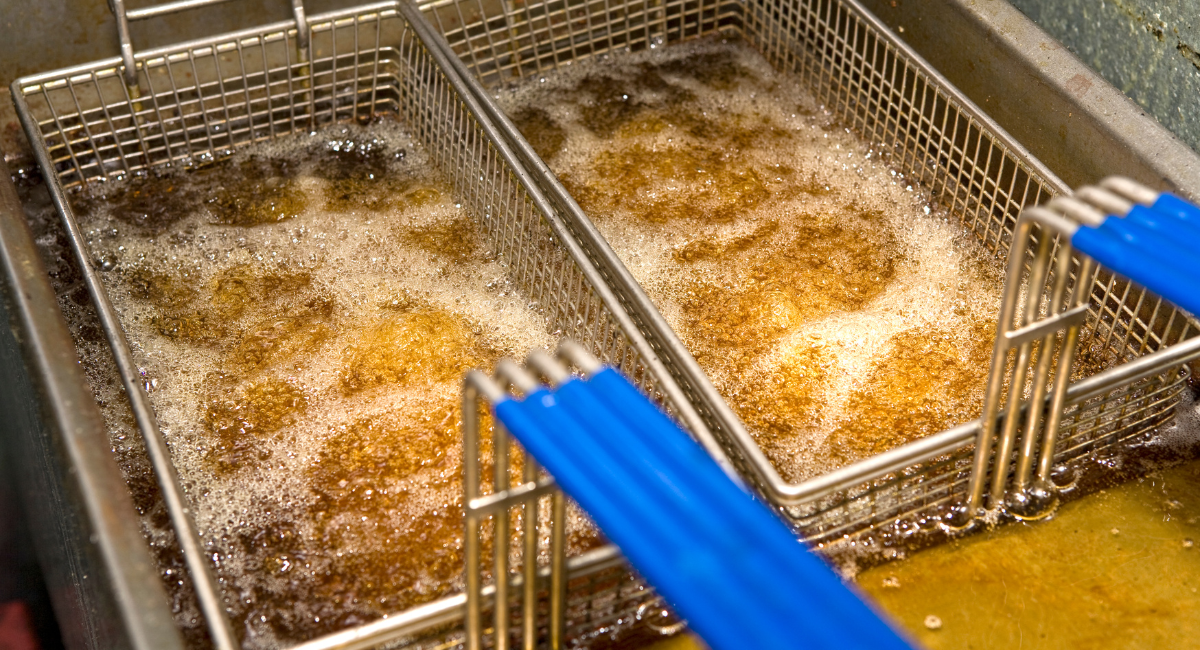Cooking oil is a precious commodity in the fast-paced food industry, and using it efficiently is critically important—not only for protecting the quality of fried food, but also for saving restaurant owners time and money.
LEARN MORE ABOUT OUR COLLECTION SERVICES
So, exactly how many times can you reuse commercial fryer oil? Unfortunately, the answer isn't a simple number. Rather, it’s more important for restaurant owners and managers to understand the factors that affect oil quality and to implement the practices that help maximize its lifespan. Here’s what you need to know.
Factors Influencing Cooking Oil Quality and Lifespan
Several contributing factors can add to or subtract from the quality and, therefore, the longevity of used cooking oil in a restaurant setting:
- Oil Type—Restaurants often use high-stability cooking oils like refined peanut oil, canola oil, soybean oil, or blends specifically designed for deep frying. The good news is that these oil types generally resist breakdown better than others, allowing for a longer period of use.
- Frying Temperature—Commercial settings are often equipped for higher frying temperatures. While increased heat is often necessary for speed, this can accelerate oil breakdown, creating the need to replace your cooking oil more frequently.
- Food Type and Volume—The sheer amount of food being fried in a restaurant's fryer, along with the type of food (i.e. battered, breaded, high-moisture, etc.), can significantly impact oil quality. Heavily breaded and moist foods often contribute to faster breakdown.
- Filtration—Filtration practices are perhaps the biggest determining factor in oil’s longevity. Frequent and thorough filtration is essential for removing food particles and other contaminants that ruin cooking oil.
- Fryer Maintenance—Well-maintained fryers result in more consistent oil quality and lifespan.
- Oil Storage—Proper storage in a cool, dark place and sealed container helps prevent or slow down oxidation, increasing the shelf life of cooking oil.
Evaluating Oil Quality
Restaurant owners and kitchen staff should become masters at gauging the condition of their fryer oil and recognizing the signs when it’s time to be replaced. Here are a few key indicators:
- Color—Fresh cooking oil will be a light golden color that darkens over time as it is used. Dark, almost-brown oil should be replaced.
- Odor—Off-putting smells are a clear indicator of oil breakdown.
- Smoke—Fryer oil beginning to smoke at lower temperatures than usual is a sign that it’s ready to be replaced.
- Flavor—A bitter or burnt taste in fried food may be an indicator that your oil is past its prime.
Optimizing Oil Management At Your Restaurant
In summary, while we can’t predict exactly how many uses you can expect from your cooking oil, we can tell you that proper oil storage, routine fryer maintenance, and regular oil filtration will improve both its quality and its lifespan, saving you critical time and money!
At Allied Renewal, we can help simplify your oil management process by picking up your used cooking oil when it's spent. Managing your restaurant's cooking oil is an important aspect of successful restaurant operations, which is why we’re here to help.
Contact us today to learn how our experts can help manage your cooking oil collection and disposal so that you don’t have to!





